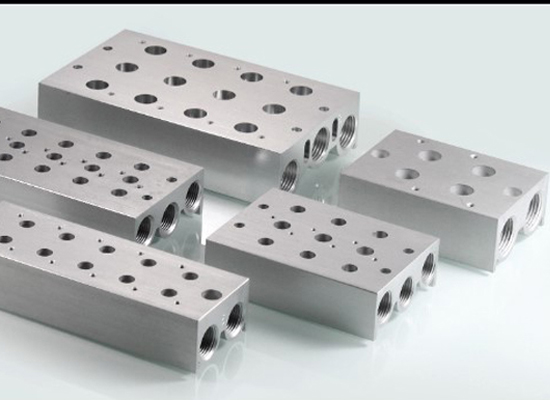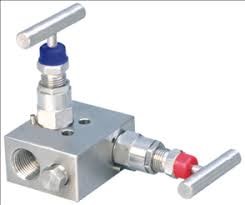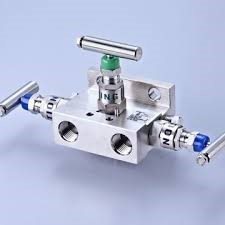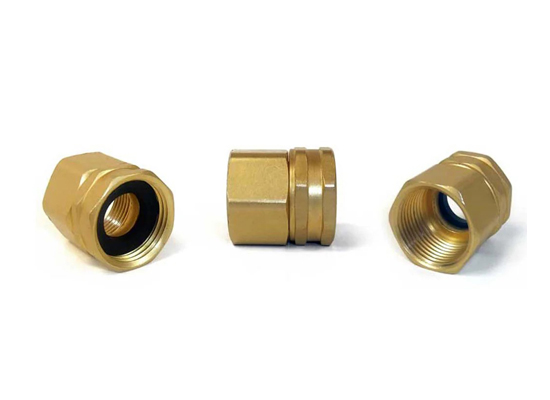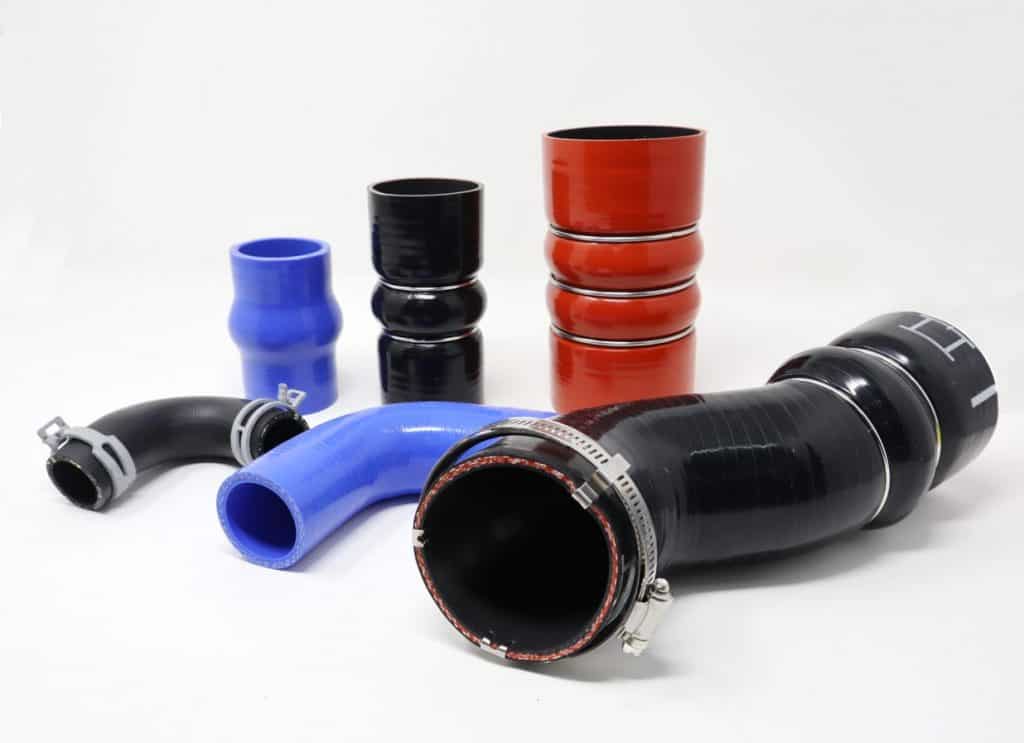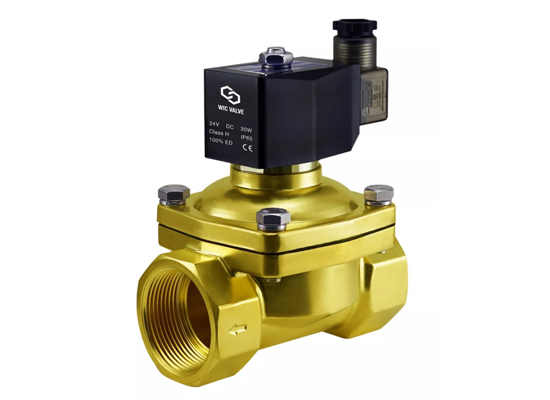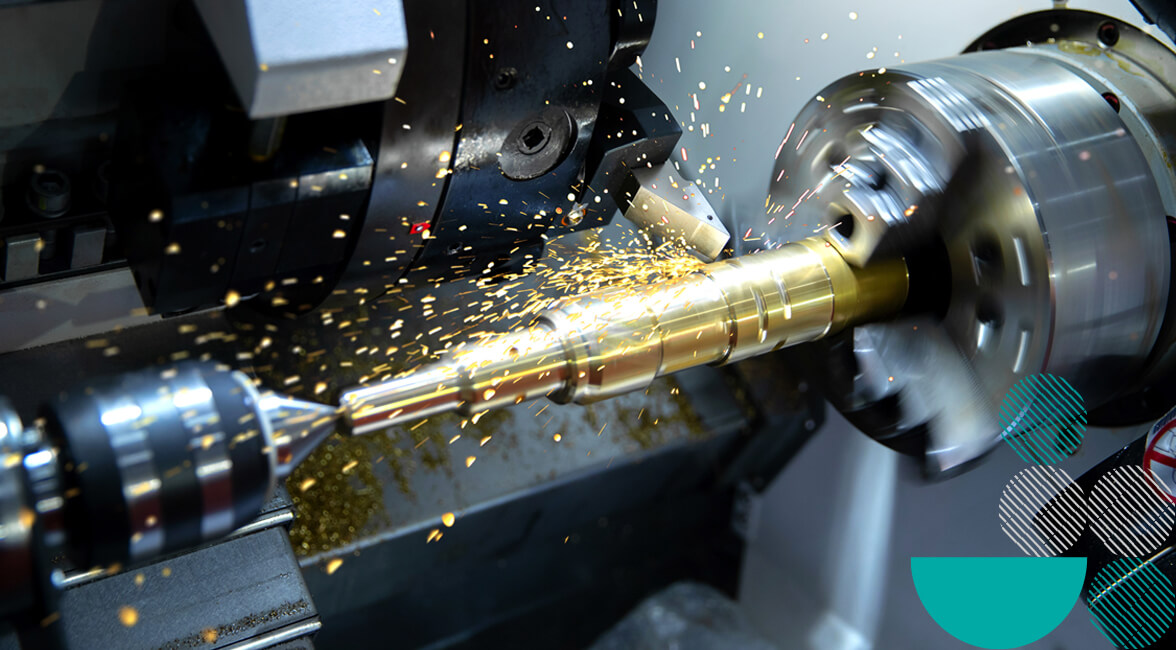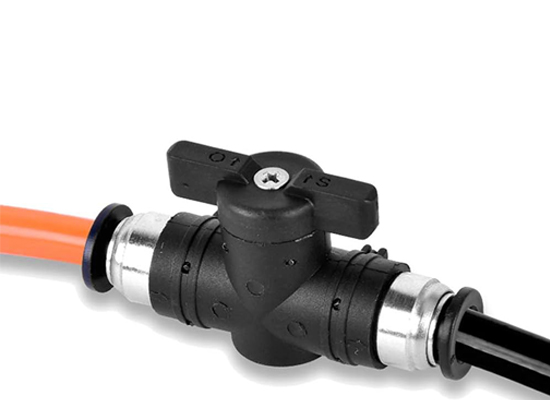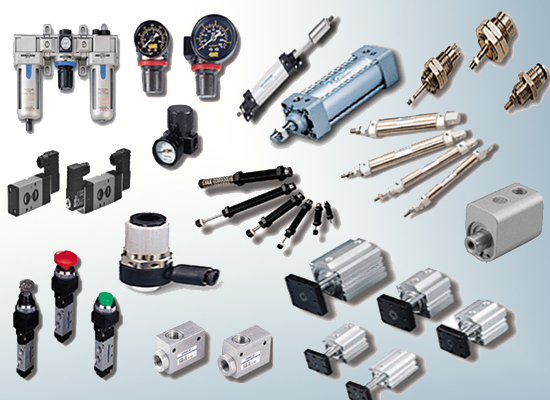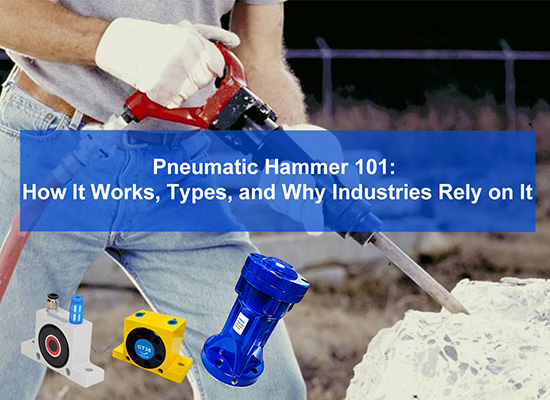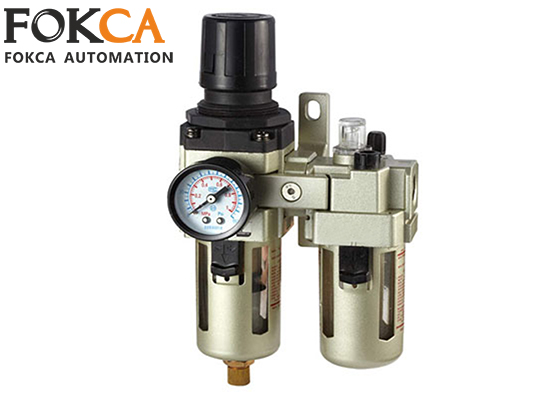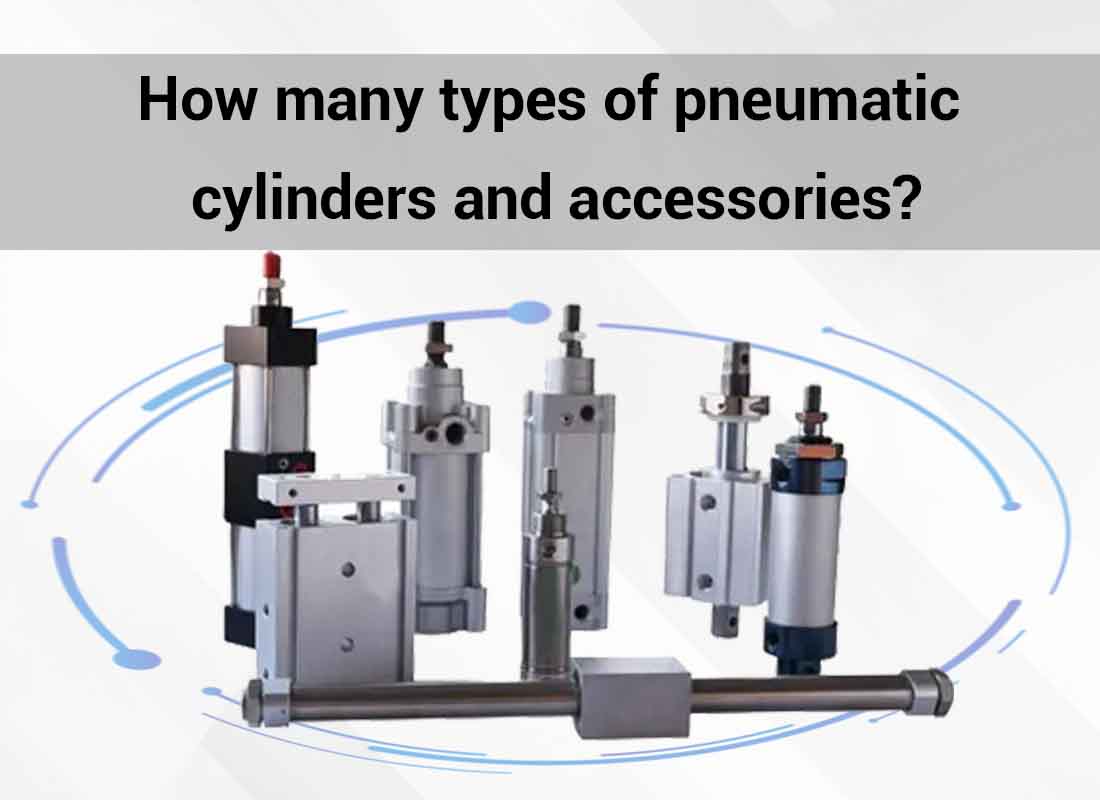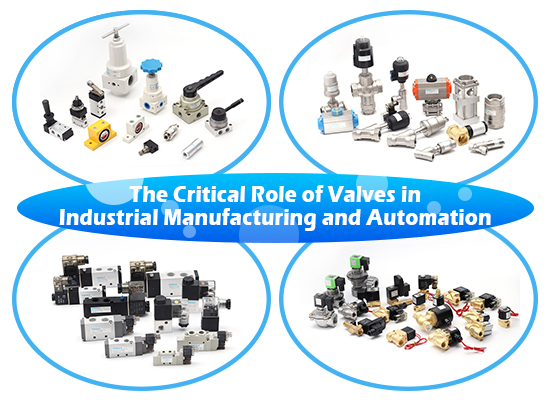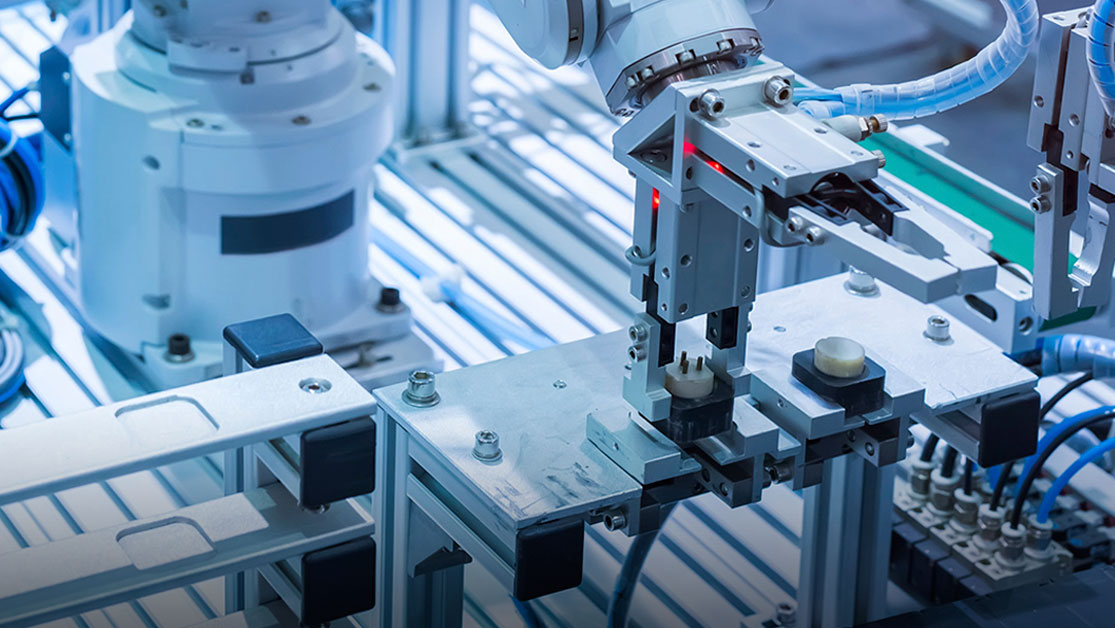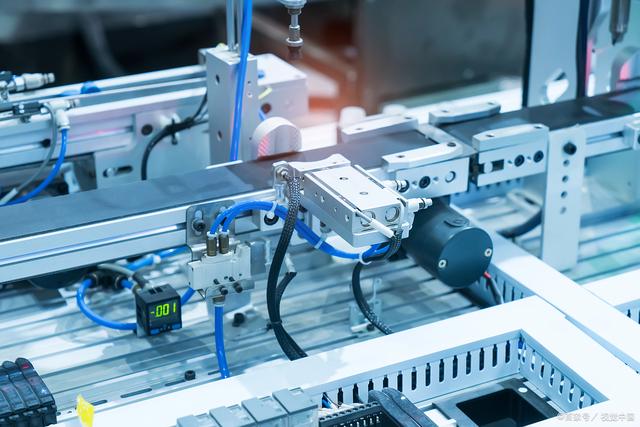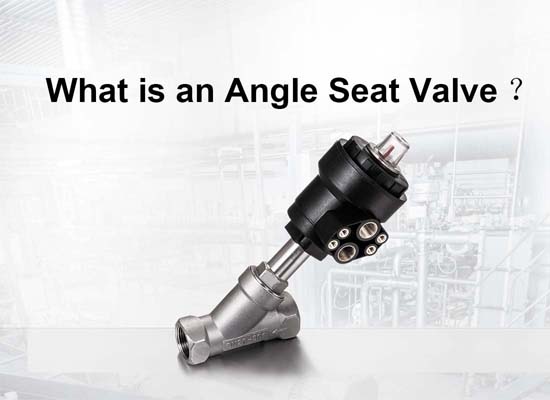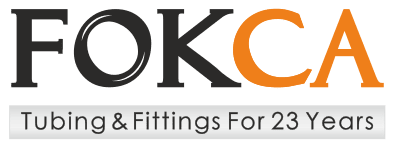What is an air source treatment units?
Air source treatment units refer to a series of devices used to improve the quality of compressed air. These typically include: air filter, pressure regulator, and lubricator.
These three components are collectively known as an air preparation unit or FRL,this refers to Filter, Regulator and Lubricator. They can be used individually or combined as needed.
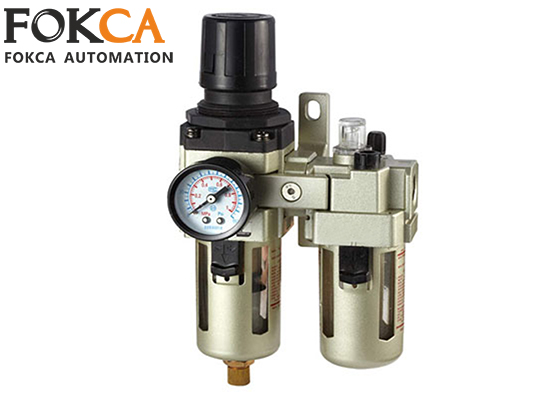
Why Are Air Source Treatment Units Important?
Protect Pneumatic Components:Untreated compressed air contains impurities such as water, dust, rust particles, and oil mist, which can lead to issues like valve sticking, cylinder wear, and seal failure.
Improve System Stability:Pressure regulators ensure stable air pressure output, preventing pressure fluctuations that could cause malfunction or damage to equipment.
Extend Service Life:Lubricators provide oil mist lubrication to reduce friction, enhancing the lifespan of moving parts like cylinders and valves.
Reduce Maintenance Costs:A well-designed air source treatment system can significantly reduce the frequency and cost of maintenance.
Function of Air Source Treatment units
Air Filter,abbreviated as "F" in FRL
Function: Removes dust, rust, water droplets, oil mist, and other impurities from compressed air.
Internal Structure:
Filter Element: Usually made of stainless steel mesh or polymer materials.
Water Separator Bowl: Collects and discharges liquid water.
Drainage Device: Can be either automatic or manual.
Benefits: Prevents impurities from entering the system, reduces equipment wear, and extends the service life of pneumatic components.
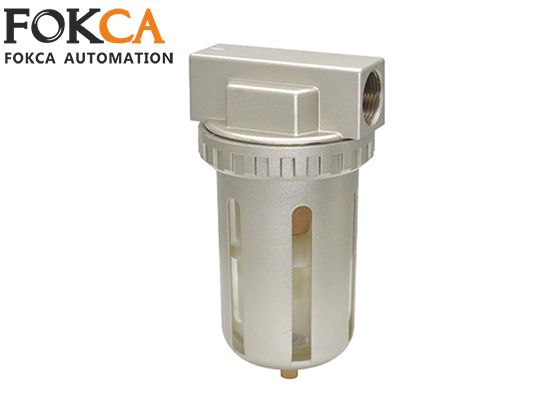
Pressure Regulator, abbreviated as "R" in FRL
Function: Regulates and stabilizes air pressure to the required working level, preventing equipment damage caused by pressure fluctuations.
Features:
Equipped with a pressure gauge for easy reading.
Typically installed after the filter to control the air pressure of the entire pneumatic circuit.
Common Types:
With Backflow Function (allows reverse airflow).
Precision Type (used in applications requiring high accuracy in pressure control).
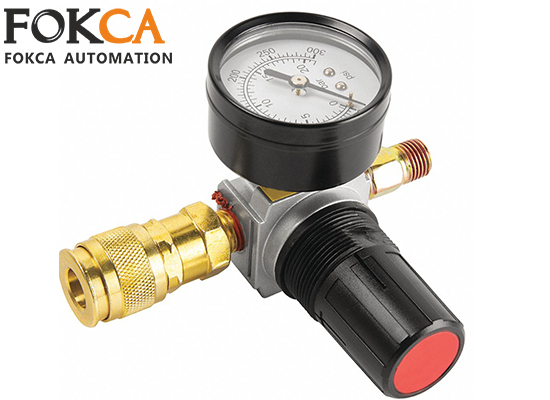
Lubricator, abbreviated as "L" in FRL
Function: Atomizes lubricating oil and mixes it into the airflow to lubricate downstream pneumatic components.
Features:
Oil mist concentration can be adjusted.
Commonly used in high-speed or high-frequency pneumatic devices, such as cylinders and angle seat valves.
Notes:
Not all pneumatic systems require a lubricator; some components are designed to be maintenance-free or lubrication-free.
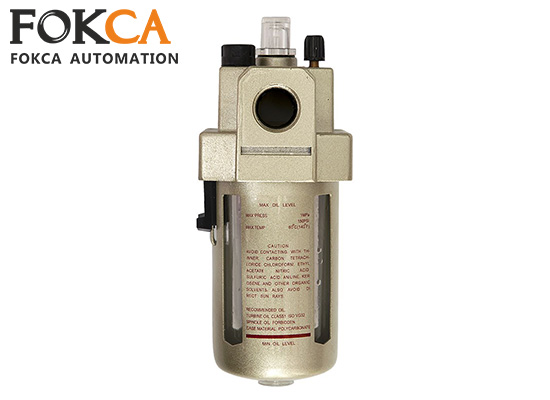
Select Air Source Treatment Units Based on Application Requirements
Choose Function Combinations According to Usage Needs
For basic air treatment: use a Filter + Regulator (FR) combination.
If equipment requires lubrication: use the full FRL set (Filter, Regulator, Lubricator).
Match Model According to System Working Pressure and Flow Rate
Ensure the maximum flow rate of the treatment components is greater than the system's maximum flow demand.
The working pressure range should cover the required system pressure.
Select Suitable Materials and Drainage Type Based on Environmental Conditions
For humid or dusty environments: choose an automatic-drain type filter.
For high corrosion resistance: use components with stainless steel or corrosion-resistant housings.
Select Regulator Type According to Control Accuracy Requirements
For general control: a standard regulator is sufficient.
For precise control: use a precision regulator.
Determine Whether a Lubricator is Needed Based on Lubrication Requirements
High-speed or heavy-load equipment requires lubrication.
For lubrication-free pneumatic components, a lubricator is not necessary.
Installation and Requirements of Air Source Treatment Units
Integrated vs. Separate Units
Integrated FRL Unit
Compact structure, quick to install, and space-saving.
Commonly used in small pneumatic systems, standardized equipment, or space-constrained environments.
Separate FRL Components
Each component can be installed, replaced, or upgraded independently, allowing for easier maintenance and flexible configuration.
Installation order and position can be adjusted according to actual needs, suitable for customized systems.
More suitable for large equipment, complex piping layouts, or applications with special functional requirements.
Other Suggestions for Air Source Treatment Units
Additional Components:
When is it necessary to use air source treatment units?
Air source treatment components serve as the air purification, pressure regulation, and lubrication station of a pneumatic system. Their quality directly affects the overall health of the system. They are especially recommended in the following scenarios:
Pneumatic systems operating at high speed or high frequency:It is necessary to use a pressure regulator to ensure stable air pressure and avoid pressure fluctuations caused by frequent operations, which can affect system performance. A lubricator is also required to provide lubrication and reduce wear caused by frequent movements.
Equipment containing precision valves or cylinders:When precision equipment is used, a filter is needed to remove impurities and moisture, preventing them from entering precision components and avoiding clogging or wear. A pressure regulator is also required to stabilize the air pressure and protect the precision parts.
Factories or workshops with heavy dust or humidity:In these environments, a high-efficiency filter is required to effectively remove dust and moisture from the air. An automatic drain is also necessary to discharge the accumulated water from the filter, preventing moisture from entering the system.
Multiple workstations using a central air supply system:A pressure regulator is needed to ensure consistent air pressure at each workstation and to meet the specific requirements of different stations. A filter prevents contaminants from being introduced during air transmission through the pipelines. A lubricator provides localized lubrication for each workstation as required by the equipment.
Summary
Selecting and installing air source treatment units is crucial for the proper operation of a compressed air system. The choice of components should be based on system requirements, environmental conditions, and equipment needs to ensure correct installation and maintenance. Promptly addressing any operational issues is essential for maintaining the long-term stability of the pneumatic system.
We offer a wide range of air source treatment solutions. Whether you need individual filters, regulators, or lubricators, or complete FR (Filter + Regulator) and FRL (Filter + Regulator + Lubricator) units, we have the right components for your needs.







